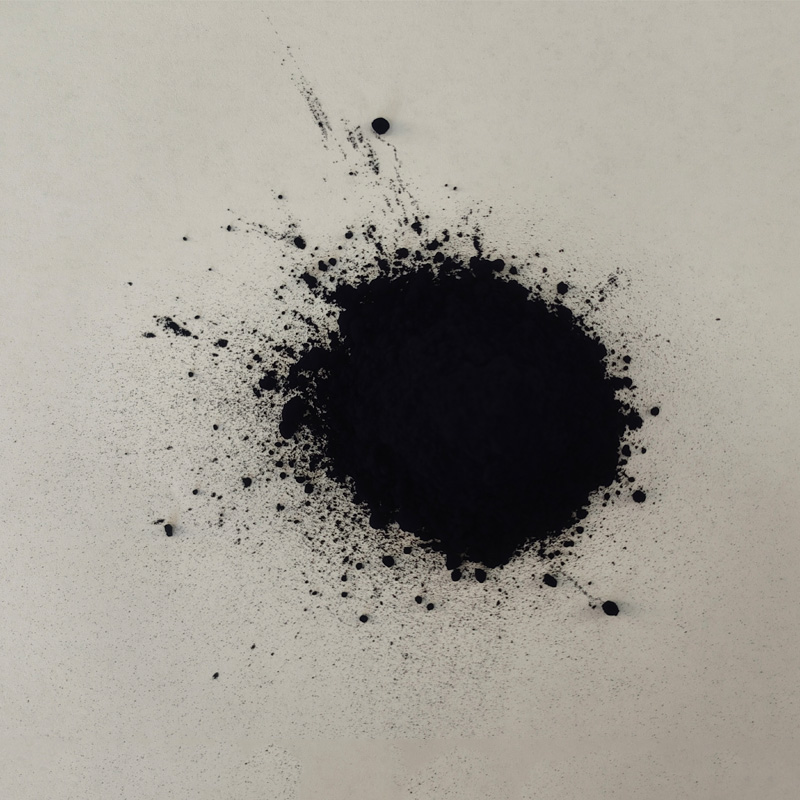Overview of Dye Manufacturing in China and Its Global Impact
Understanding China's Dye Production An Overview of the Industry
China is the world's largest producer of dyes, playing a pivotal role in the global dye industry. This position is primarily fueled by the country's extensive textile industry, which is one of the most significant consumers of dyes. The dye production sector in China not only influences local markets but also has notable implications for international trade, economic development, and environmental sustainability.
Historical Context
Dye production in China dates back thousands of years, with traditional methods using natural sources such as plants and minerals. However, the modern phase of dye production began in the 20th century with the introduction of synthetic dyes. The 1950s marked a significant turning point as China established state-owned dye factories and invested in research and development. This strategic focus on synthetics led to an explosion in production capacity, making China a dominant force in the global dye market.
Current Production Landscape
As of the latest data, China produces a diverse array of dyes, including reactive, azoic, disperse, acid, and vat dyes, among others. The country's dye production facilities are concentrated primarily in regions known for their textile manufacturing, such as Zhejiang, Jiangsu, and Guangdong. With a combination of advanced technology and an abundant labor force, these facilities can produce high volumes while maintaining competitive pricing.
In 2021, the dye production capacity was estimated to be in the range of 1.5 million tons annually, catering to both domestic and international markets. Chinese dyes are widely used in textiles, paints, plastics, leather, and food industries, showcasing their versatility and importance in various sectors.
Economic Impact
Dye production is a crucial component of China's economy, contributing significantly to employment, export revenues, and technological advancements. The sector supports millions of jobs, from chemical engineers and technicians to factory workers. In recent years, China’s dye industry has also gained a reputation for innovation, with numerous companies investing in research to create eco-friendly dyes and processes, reflecting growing consumer demand for sustainable products.
china dye production

Moreover, China is a key exporter of dyes, supplying countries across Asia, Europe, and North America. According to recent statistics, dye exports accounted for a considerable share of China’s overall chemical exports, enhancing its trade balance and stimulating economic growth.
Environmental Concerns
Despite its economic benefits, the dye production industry in China faces significant environmental challenges. The manufacturing process often involves hazardous chemicals, and improper disposal can lead to serious pollution of water sources and soil. Recognizing the potential environmental impact, the Chinese government has implemented stricter regulations concerning waste management and emissions. The focus is increasingly on developing sustainable practices, such as using biodegradable dyes and minimizing water usage in dyeing processes.
In recent years, many Chinese dye manufacturers have begun adopting greener technologies and practices, including closed-loop systems that recycle water and chemicals, thereby reducing waste and enhancing sustainability. Industry stakeholders are increasingly aware that long-term viability is tied to environmental stewardship.
Future Trends
Looking ahead, China's dye production industry is poised to undergo significant transformations. With the global shift towards sustainability, there is a growing emphasis on developing eco-friendly dyeing technologies. Innovations such as digital printing and the use of natural dyes are gaining traction, driven by consumer preferences for sustainability and transparency.
Additionally, the integration of artificial intelligence and automation in manufacturing processes is likely to enhance efficiency and reduce costs. The ongoing trade relationships, particularly through initiatives like the Belt and Road Initiative, will also influence the future landscape of dye production, expanding markets and fostering international partnerships.
Conclusion
In conclusion, China's dye production industry is a cornerstone of the global chemical sector, contributing to economic growth while navigating the complexities of environmental responsibility. The balance between economic development and sustainability will define the future of this industry, as China continues to innovate and adapt in response to both domestic needs and global trends. With ongoing advancements and a commitment to sustainable practices, China's dye industry is set to remain a leader in the global market for years to come.
-
The Timeless Art of Denim Indigo Dye
NewsJul.01,2025
-
The Rise of Sulfur Dyed Denim
NewsJul.01,2025
-
The Rich Revival of the Best Indigo Dye
NewsJul.01,2025
-
The Enduring Strength of Sulphur Black
NewsJul.01,2025
-
The Ancient Art of Chinese Indigo Dye
NewsJul.01,2025
-
Industry Power of Indigo
NewsJul.01,2025
-
Black Sulfur is Leading the Next Wave
NewsJul.01,2025

Sulphur Black
1.Name: sulphur black; Sulfur Black; Sulphur Black 1;
2.Structure formula:
3.Molecule formula: C6H4N2O5
4.CAS No.: 1326-82-5
5.HS code: 32041911
6.Product specification:Appearance:black phosphorus flakes; black liquid

Bromo Indigo; Vat Bromo-Indigo; C.I.Vat Blue 5
1.Name: Bromo indigo; Vat bromo-indigo; C.I.Vat blue 5;
2.Structure formula:
3.Molecule formula: C16H6Br4N2O2
4.CAS No.: 2475-31-2
5.HS code: 3204151000 6.Major usage and instruction: Be mainly used to dye cotton fabrics.

Indigo Blue Vat Blue
1.Name: indigo blue,vat blue 1,
2.Structure formula:
3.Molecule formula: C16H10N2O2
4.. CAS No.: 482-89-3
5.Molecule weight: 262.62
6.HS code: 3204151000
7.Major usage and instruction: Be mainly used to dye cotton fabrics.

